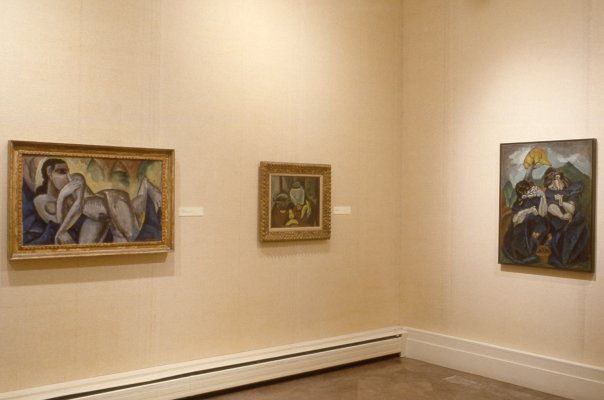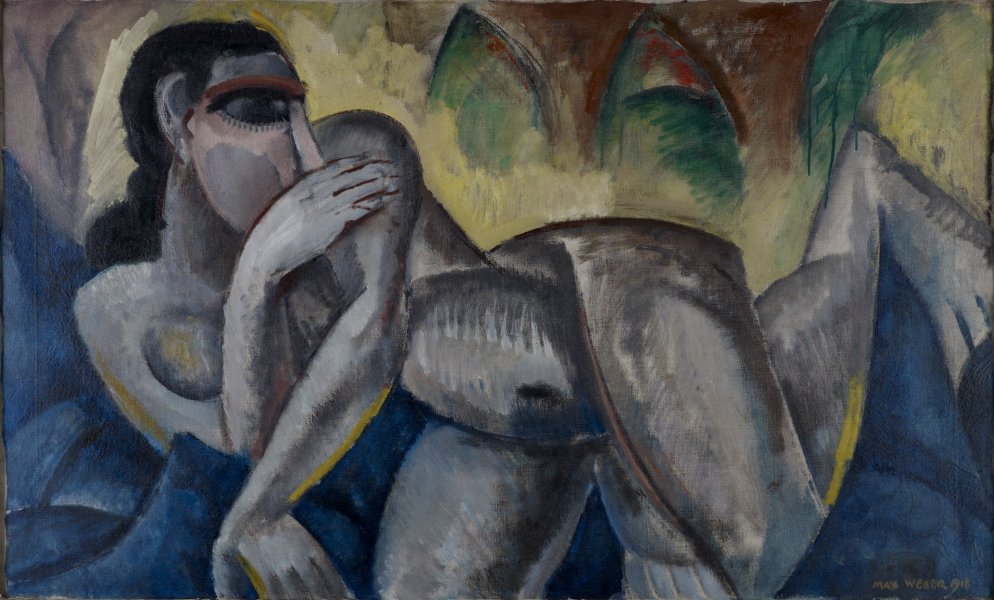Max Weber: The Cubist Decade, 1910–1920
Saturday, September 12, 1992–Sunday, October 25, 1992

Installation view of Max Weber: The Cubist Decade, 1910–1920. Photograph by Tom Loonan.
1905 Building
This exhibition of more than 60 colorful, provocative Cubist paintings and drawings representing the pinnacle of Max Weber’s aesthetic achievements. The Cubist Decade was organized and first held at the High Museum of Art, Atlanta, before traveling to the Museum of Fine Arts, Houston, the Corcoran Gallery of Art, Washington, D.C., the Albright-Knox, and the Brooklyn Museum.
Max Weber: The Cubist Decade, 1910–1920 was the first to focus exclusively on the most adventurous and pivotal decade in the career of this pioneering artist, who was an early emissary of modernism in America and a leader of the avant-garde. The works of art include abstract figure studies, New York cityscapes, and urban scenes executed in oil, watercolor, and pastel. Many of the paintings are in private collections and some had never before been exhibited.
Max Weber (1881–1961) was born in Russia and immigrated in early childhood to New York. In 1905 he went to Paris, where he befriended Henri Rousseau, Pablo Picasso and Robert Delaunay and studied with Henri Matisse. For three and a half years, he absorbed the artistic and intellectual ideas of Cubism and other European avant-garde movements before returning to the United States in 1909.
Upon his return to New York, Weber infused its urban energy into his investigations of Cubism, the revolutionary movement begun by Picasso and Georges Braque. He transformed this European movement by introducing uniquely American subjects, and these images of New York are among the first to symbolize the dynamic spirit and scientific ideas of the new technological age and modern times.
This exhibition was organized by the High Museum of Art, Atlanta.
